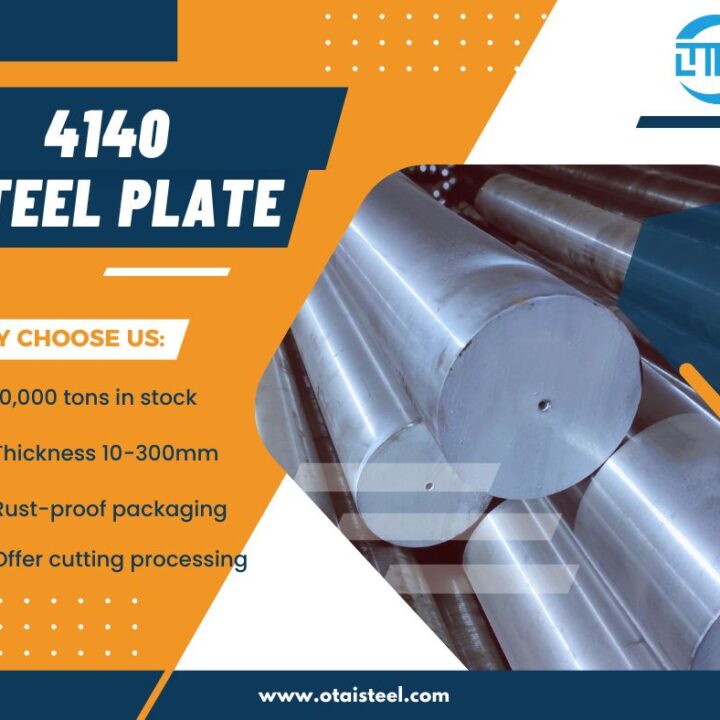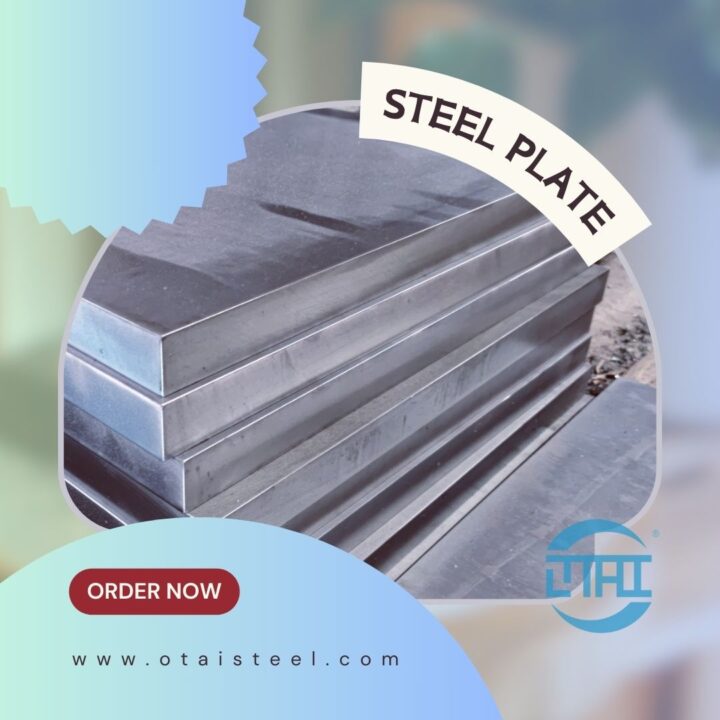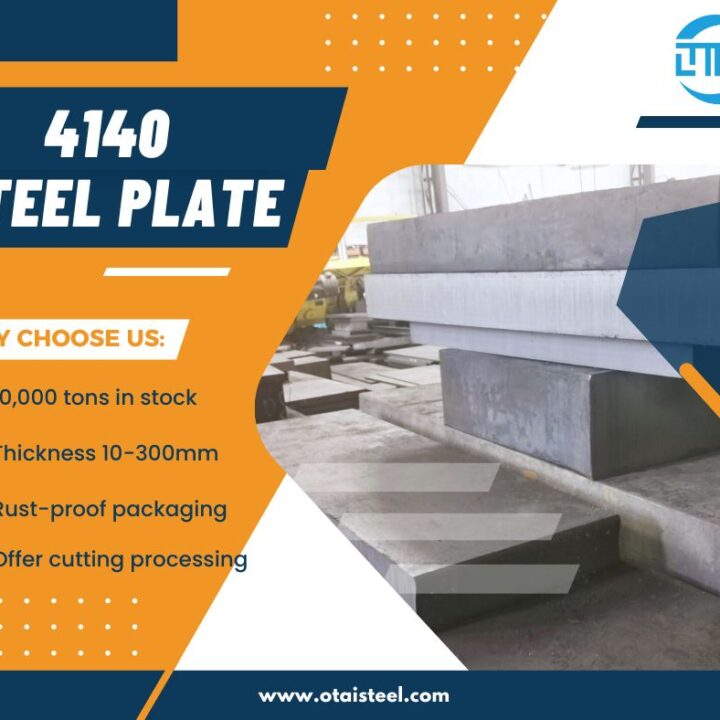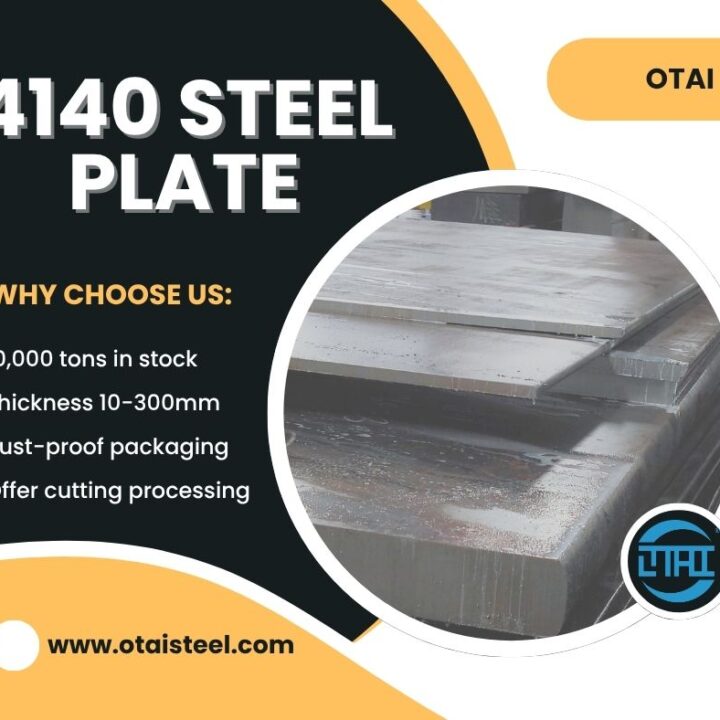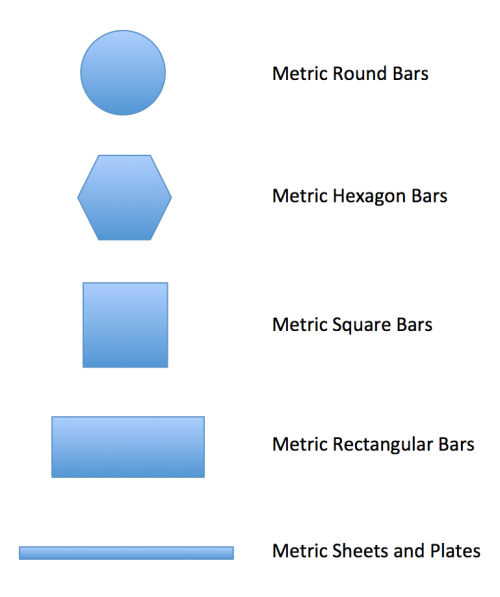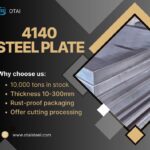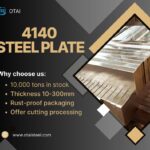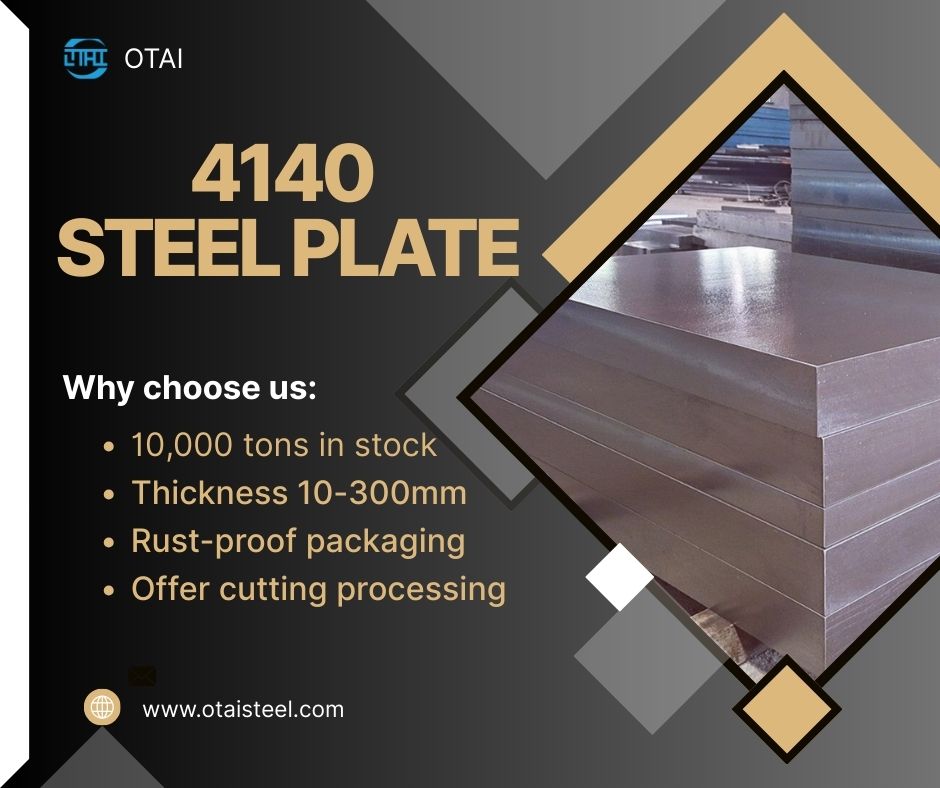 4140 QT Steel Properties: Everything You Need to Know
4140 QT Steel Properties: Everything You Need to Know
4140 QT steel, also known as 4140 quenched and tempered steel, is a popular alloy due to its combination of high strength, toughness, and wear resistance. The quenching and tempering heat treatment processes greatly enhance these properties. In this article, we will explore the key mechanical properties of 4140 QT steel and discuss its applications.
🔥 What is 4140 QT Steel?
4140 QT steel is a modified version of 4140 steel. It undergoes two main steps in its heat treatment:
-
Quenching: The steel is heated to its austenitizing temperature (about 850°C – 900°C) and rapidly cooled, usually in water or oil. This hardens the steel and increases its strength.
-
Tempering: After quenching, the steel is reheated to a lower temperature (400°C – 700°C) and cooled again. Tempering reduces brittleness and improves the steel’s toughness and ductility.
This heat treatment process creates a strong and tough material, making 4140 QT steel ideal for high-performance applications.
⚙️ Mechanical Properties of 4140 QT Steel
1. Tensile Strength
4140 QT steel typically has a tensile strength of 655 MPa to 1,050 MPa (95,000 to 152,000 psi). This high strength makes it suitable for applications requiring heavy load-bearing capacity, like gears and shafts.
2. Yield Strength
The yield strength ranges from 415 MPa to 690 MPa (60,000 to 100,000 psi). The material resists plastic deformation under high stress, making it ideal for high-stress components.
3. Hardness
After quenching and tempering, 4140 QT steel can reach a hardness of 40-45 HRC. This high hardness provides excellent wear resistance and surface durability.
4. Toughness
4140 QT steel is highly tough, thanks to the tempering process. It absorbs impact energy and resists cracking, which makes it ideal for components subjected to shock loads or cyclic stresses, such as crankshafts.
5. Ductility
Despite its high strength, 4140 QT steel maintains significant ductility. This allows for some deformation without cracking, making it easier to form, weld, and machine.
🔬 Chemical Composition of 4140 QT Steel
The chemical composition of 4140 QT steel includes elements like carbon, chromium, and molybdenum, which enhance its mechanical properties:
-
Carbon (C): 0.38% – 0.43%
Carbon increases hardness and strength. -
Chromium (Cr): 0.80% – 1.10%
Chromium improves corrosion resistance and wear resistance. -
Molybdenum (Mo): 0.15% – 0.25%
Molybdenum adds strength and creep resistance at high temperatures. -
Manganese (Mn): 0.60% – 0.90%
Manganese increases tensile strength and wear resistance. -
Silicon (Si): 0.20% – 0.35%
Silicon improves strength and acts as a deoxidizer.
🔧 Benefits of Quenching and Tempering for 4140 Steel
1. Increased Hardness and Wear Resistance
The quenching and tempering processes increase the hardness of 4140 QT steel, improving its wear resistance. This makes it perfect for components exposed to friction, such as gears and cutting tools.
2. Enhanced Toughness
While quenching increases hardness, it can make the steel brittle. Tempering restores its toughness, helping the steel absorb energy without cracking. This makes 4140 QT steel ideal for parts subjected to impact loading.
3. Improved Dimensional Stability
The quenching and tempering processes relieve internal stresses, improving dimensional stability. This ensures that 4140 QT steel remains stable during machining and assembly.
🌍 Applications of 4140 QT Steel
The combination of high strength, toughness, and wear resistance makes 4140 QT steel perfect for a range of applications:
-
Automotive: Axles, gears, crankshafts, and steering components
-
Heavy Machinery: Tool holders, machine shafts, and pinions
-
Oil and Gas: Drill collars, wellhead components, and pressure vessels
-
Aerospace: Landing gears, engine parts, and aircraft components
-
Tooling: Cutting tools, press molds, and dies
4140 QT steel is particularly suited for applications where durability and strength are critical.
🌟 Why Choose Otai Special Steel for 4140 QT Steel?
At Otai Special Steel, we offer high-quality 4140 QT steel that has undergone rigorous quenching and tempering processes. Our advantages include:
-
🏭 Large Inventory: We have a wide range of 4140 QT steel in various sizes and forms, ready to ship worldwide.
-
📐 Custom Heat Treatment: We provide custom quenching and tempering to meet your exact specifications.
-
🔍 Rigorous Testing: Our 4140 QT steel is tested for hardness, tensile strength, and other critical properties.
-
🌍 Global Shipping: We ship to over 50 countries with fast delivery.
-
💰 Competitive Pricing: We offer 4140 QT steel at excellent prices without compromising quality.
❓ FAQ
Q1: What is the hardness of 4140 QT steel?
A: 4140 QT steel has a hardness range of 40-45 HRC after quenching and tempering, making it highly resistant to wear.
Q2: What is the tensile strength of 4140 QT steel?
A: The tensile strength ranges from 655 MPa to 1,050 MPa (95,000 to 152,000 psi), depending on the specific treatment.
Q3: How does quenching and tempering improve 4140 steel?
A: Quenching increases hardness, while tempering restores toughness and reduces brittleness, creating a balanced material suitable for demanding applications.
Q4: Can 4140 QT steel be welded?
A: Yes, 4140 QT steel can be welded, but it may require preheating and post-weld heat treatment to avoid cracking.
Q5: What are the applications of 4140 QT steel?
A: 4140 QT steel is used in high-performance industries like automotive, aerospace, oil and gas, and tooling due to its strength and wear resistance.

